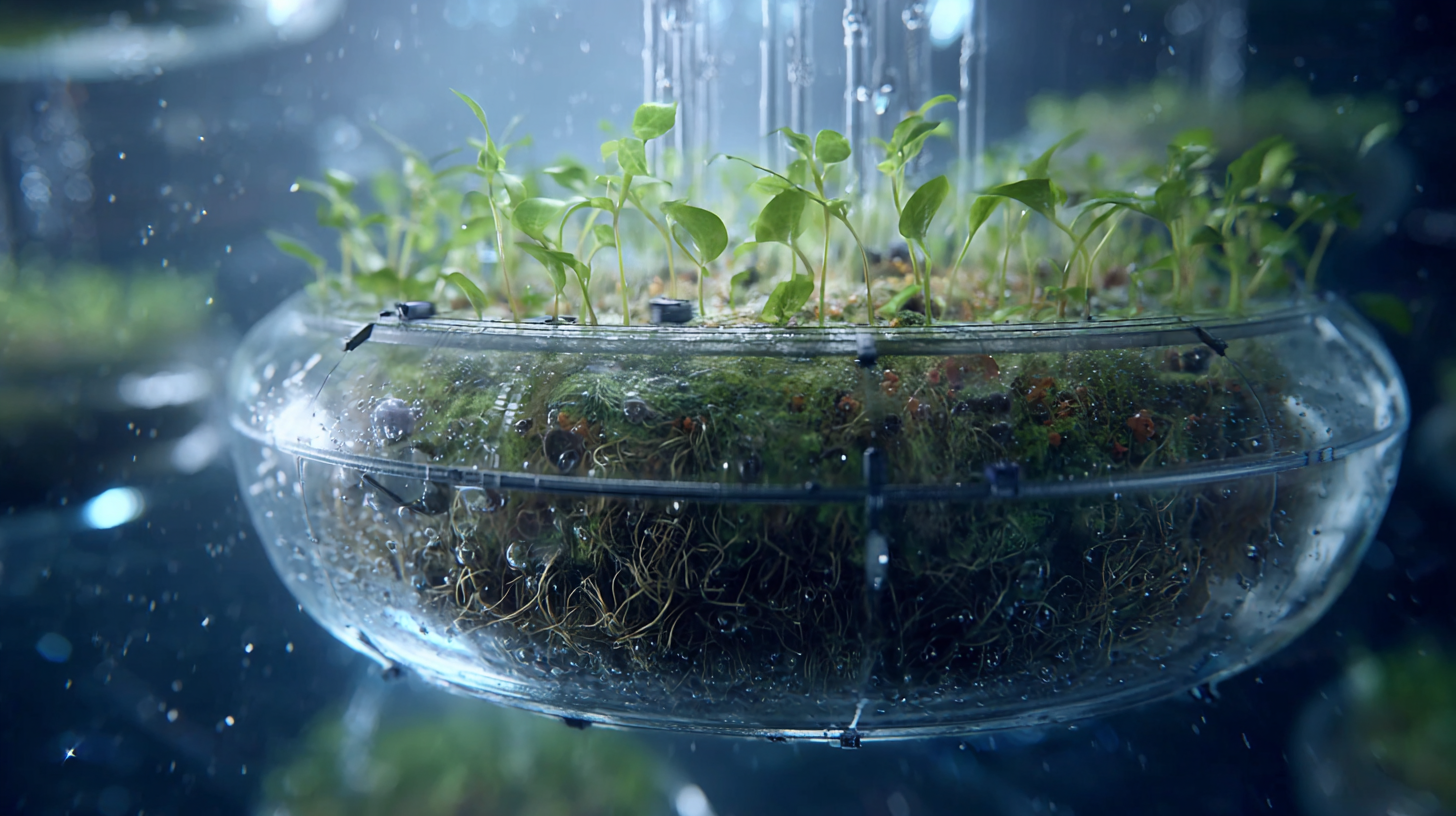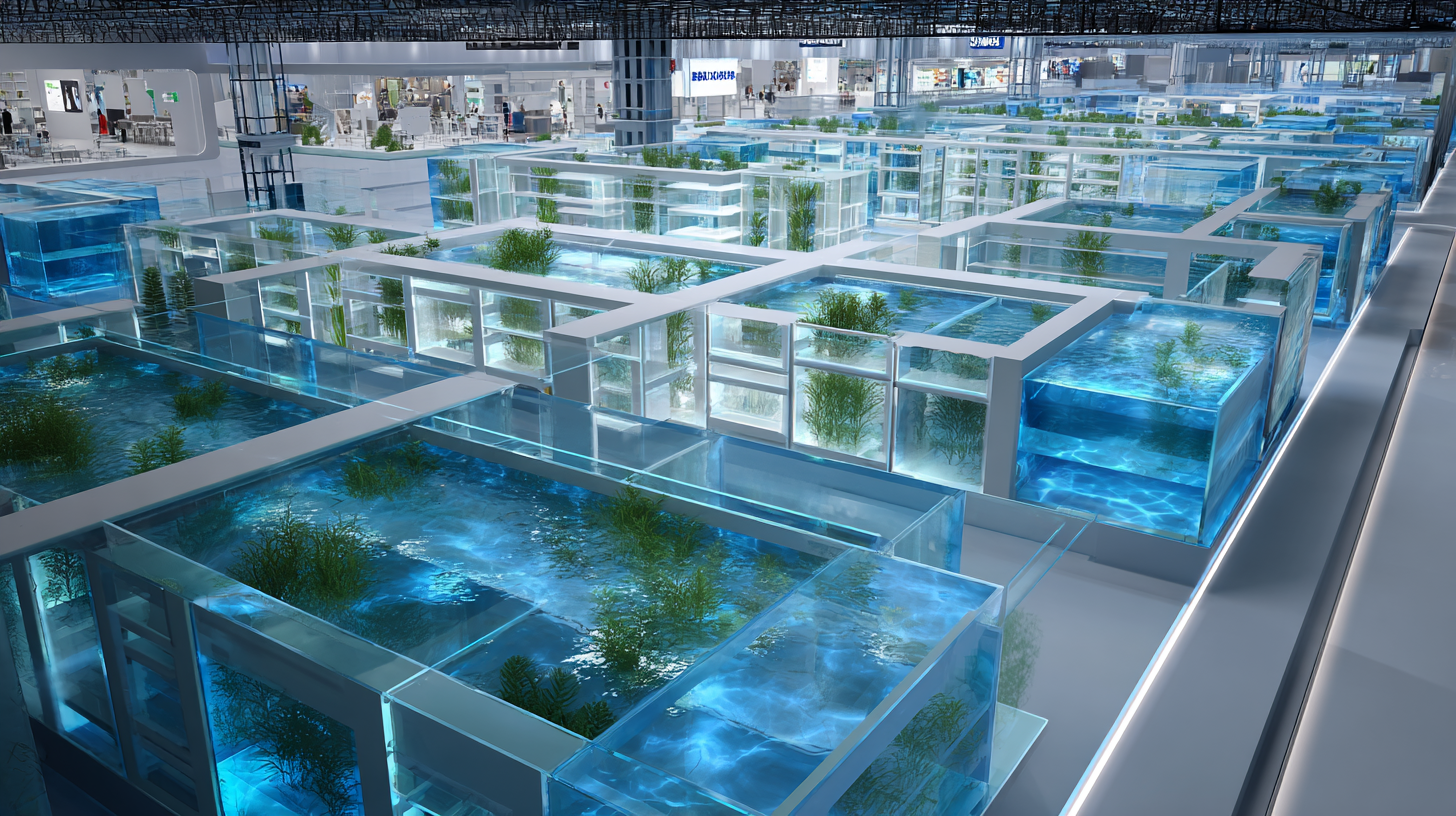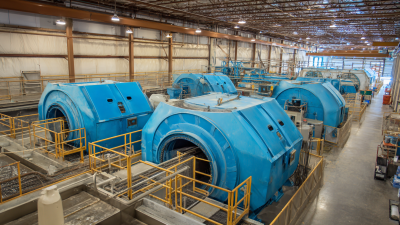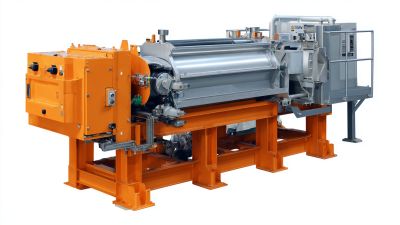 +86 13600513715
+86 13600513715



As the global demand for effective wastewater treatment solutions continues to rise, the Moving Bed Biofilm Reactor Media (MBBR) technology has emerged as a pivotal innovation within the environmental engineering sector. According to a recent report by the Global Water Intelligence, the market for wastewater treatment is expected to grow at a CAGR of over 6% from 2023 to 2030, driven by increasing regulatory pressures and a growing emphasis on sustainable practices. The MBBR technology, which allows for enhanced microbial growth in a compact space, is becoming increasingly popular due to its efficiency and effectiveness in treating a wide range of wastewater types. The forthcoming 138th Canton Fair in 2025 will serve as a significant platform for exhibitors and industry experts to showcase advancements and innovations in MBBR media, aiming to address the growing challenges of water scarcity and pollution. This event will not only highlight the practical applications of MBBR technology but also foster collaboration and knowledge exchange among key stakeholders in the water treatment industry.

The Moving Bed Biofilm Reactor (MBBR) technology has marked a significant evolution in wastewater treatment, and recent innovations promise to further enhance its effectiveness. As per a recent market analysis by Research and Markets, the global wastewater treatment market is projected to reach $562 billion by 2025, with MBBR systems playing an integral role. These systems utilize a unique media that supports biofilm growth, optimizing the treatment process by providing a higher surface area for microbial activity. With advancements in media design, including improved buoyancy and surface characteristics, the efficiency of nutrient removal can be dramatically enhanced.

Moreover, the focus on sustainability in wastewater management is driving innovations within MBBR technology. The latest studies indicate that incorporating advanced materials such as recycled plastics and bio-based composites can reduce operational costs while maintaining high treatment performance. Another report by Frost & Sullivan highlights that as regulatory pressures increase, the demand for advanced wastewater treatment technologies like MBBR is expected to grow, forecasting a compound annual growth rate (CAGR) of 15% from 2023 to 2030. This shift reflects the industry's commitment to developing resilient systems that meet both environmental standards and community needs moving forward.
As the world increasingly prioritizes sustainability, the Moving Bed Biofilm Reactor (MBBR) technology is paving the way for innovative solutions in environmental applications. The 138th Canton Fair in 2025 promises to be a significant platform for showcasing the latest developments in biofilm media, emphasizing sustainable practices that can reduce environmental footprints. According to a recent report by the International Water Association, the global market for biofilm technologies is expected to grow by over 30% by 2030, driven by the need for efficient wastewater treatment and resource recovery.
At the heart of this evolution is the use of eco-friendly media in MBBR systems, which enhances biological processes while minimizing chemical inputs. Research indicates that the implementation of sustainable media, such as those made from recycled materials, can enhance microbial growth and metabolism, leading to improved treatment efficiency. A study published in Environmental Science & Technology demonstrated that utilizing media with a high surface area and optimal porosity can increase nitrogen removal rates by up to 40%. This aligns perfectly with the goals of the 2025 Canton Fair to highlight practical, sustainable solutions that meet the challenges of modern environmental issues.
| Parameter | Description | Value | Measurement Unit |
|---|---|---|---|
| Media Type | Material used for biofilm growth | Polyethylene | N/A |
| Surface Area | Total surface area for biofilm attachment | 800 | m²/m³ |
| Density | Density of the biofilm media | 0.95 | g/cm³ |
| Operating Temperature | Ideal temperature range for operation | 20-30 | °C |
| Hydraulic Retention Time | Time water stays in the reactor | 4 | Hours |
| Removal Efficiency | Efficiency of pollution removal | 85 | % |
| Biodegradability | Rate of decomposition by microorganisms | High | N/A |
As the 138th Canton Fair approaches in 2025, the focus on Moving Bed Biofilm Reactor (MBBR) solutions presents significant market opportunities for environmental and wastewater treatment sectors. MBBR technology, known for its efficiency and flexibility, is increasingly sought after by industries aiming to enhance their sustainability efforts. With rising global demand for eco-friendly waste treatment solutions, the Canton Fair serves as a pivotal platform for stakeholders to explore innovative MBBR media and its applications.
Tips for maximizing your experience at the Canton Fair include networking with industry leaders and engaging in discussions on emerging trends related to MBBR technology. Additionally, potential investors should assess the capabilities of different MBBR media, understanding their benefits over traditional treatment methods. This insight could lead to strategic partnerships and investments in new product development, tapping into the growing market for sustainable water management solutions.
Furthermore, businesses should keep a close eye on regulatory developments and consumer preferences, which will shape the future landscape of MBBR applications. By aligning their products with industry trends and sustainability goals, companies can position themselves favorably in the evolving marketplace.
The theme of collaborative research in biofilm reactor efficiency has gained significant attention in the environmental engineering community, especially with the advent of innovative media design presented at forums such as the upcoming 138th Canton Fair in 2025. As researchers and industry stakeholders come together, the focus is on optimizing the performance of Moving Bed Biofilm Reactors (MBBRs) to enhance wastewater treatment processes. This collective effort aims to address challenges such as biofilm development, mass transfer limitations, and the overall stability of reactor operations.
Recent trends highlight interdisciplinary approaches that integrate advancements in materials science and biotechnological methods. By collaborating across sectors, scientists are exploring novel media that not only support robust biofilm formation but also improve nutrient removal efficiency. Additionally, the integration of real-time monitoring technologies is enhancing our understanding of biofilm dynamics, allowing for fine-tuning of reactor conditions. As we move toward the 138th Canton Fair, these collaborative efforts serve as a cornerstone for developing more efficient and sustainable biofilm reactor systems, paving the way for advancements in wastewater treatment and resource recovery applications.
At the 138th Canton Fair in 2025, the spotlight will shine brightly on the successful implementation of Moving Bed Biofilm Reactor (MBBR) technology. This innovative approach has transformed wastewater treatment processes across various industries, showcasing a future where sustainability and efficiency go hand in hand. Presenting case studies from around the globe, exhibitors will highlight how MBBR systems have led to substantial improvements in water quality and reduced operational costs.
Visitors to the fair will have the opportunity to engage directly with industry leaders who have successfully deployed MBBR solutions. Through interactive demonstrations and in-depth discussions, attendees will learn about tangible success stories that underline the versatility and reliability of MBBR media. From municipal wastewater treatment plants to industrial applications, the showcased projects will emphasize the adaptability of this technology in meeting diverse environmental challenges while promoting eco-friendly practices.







